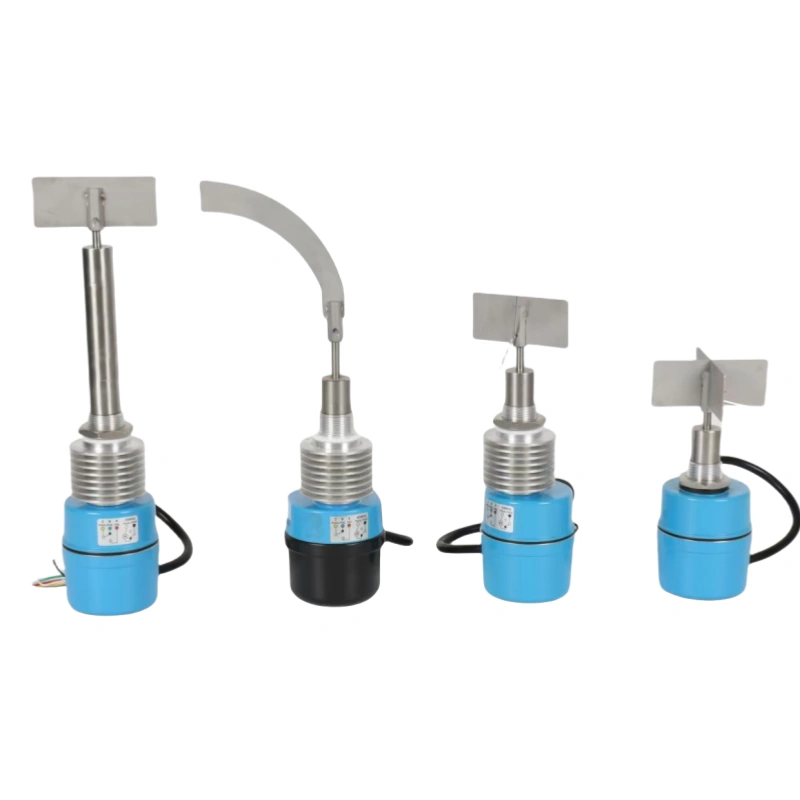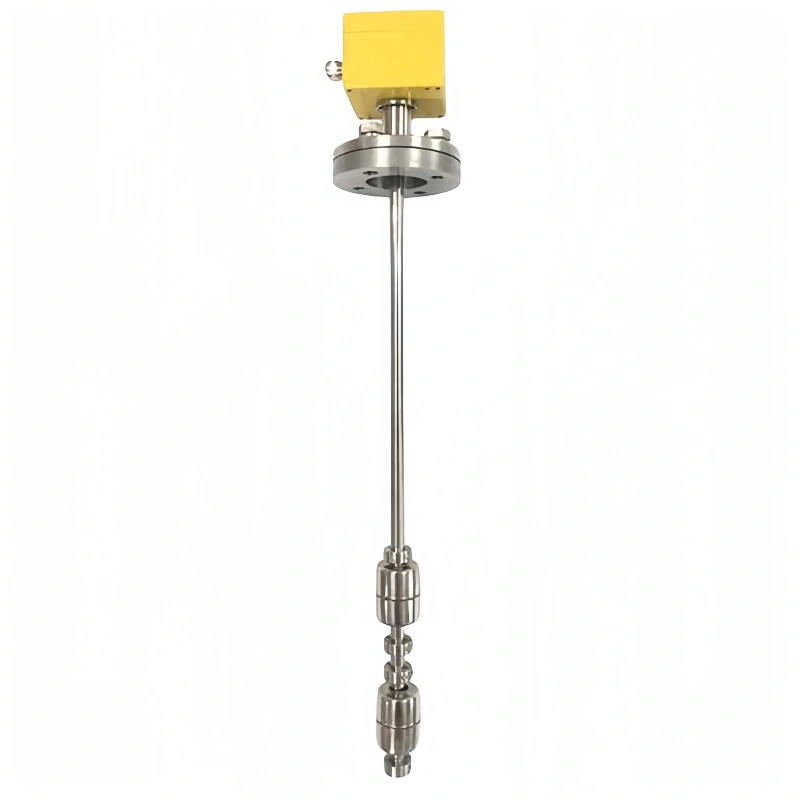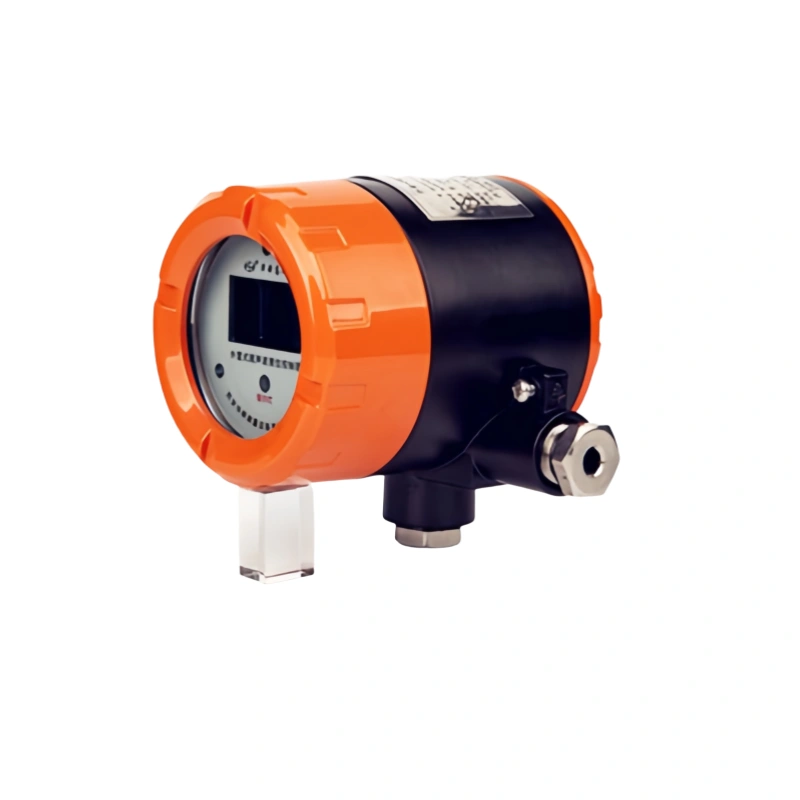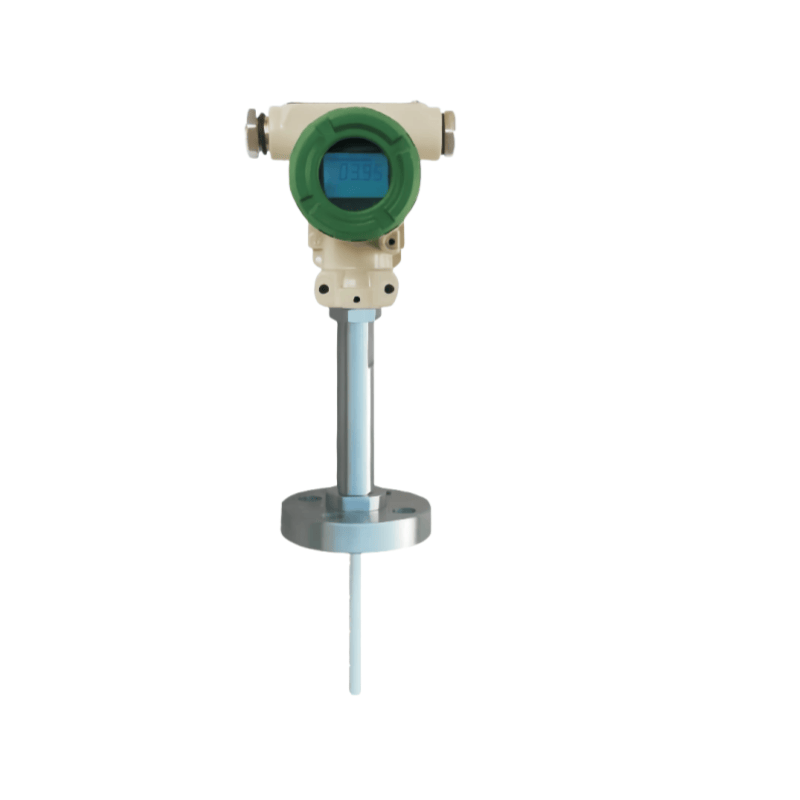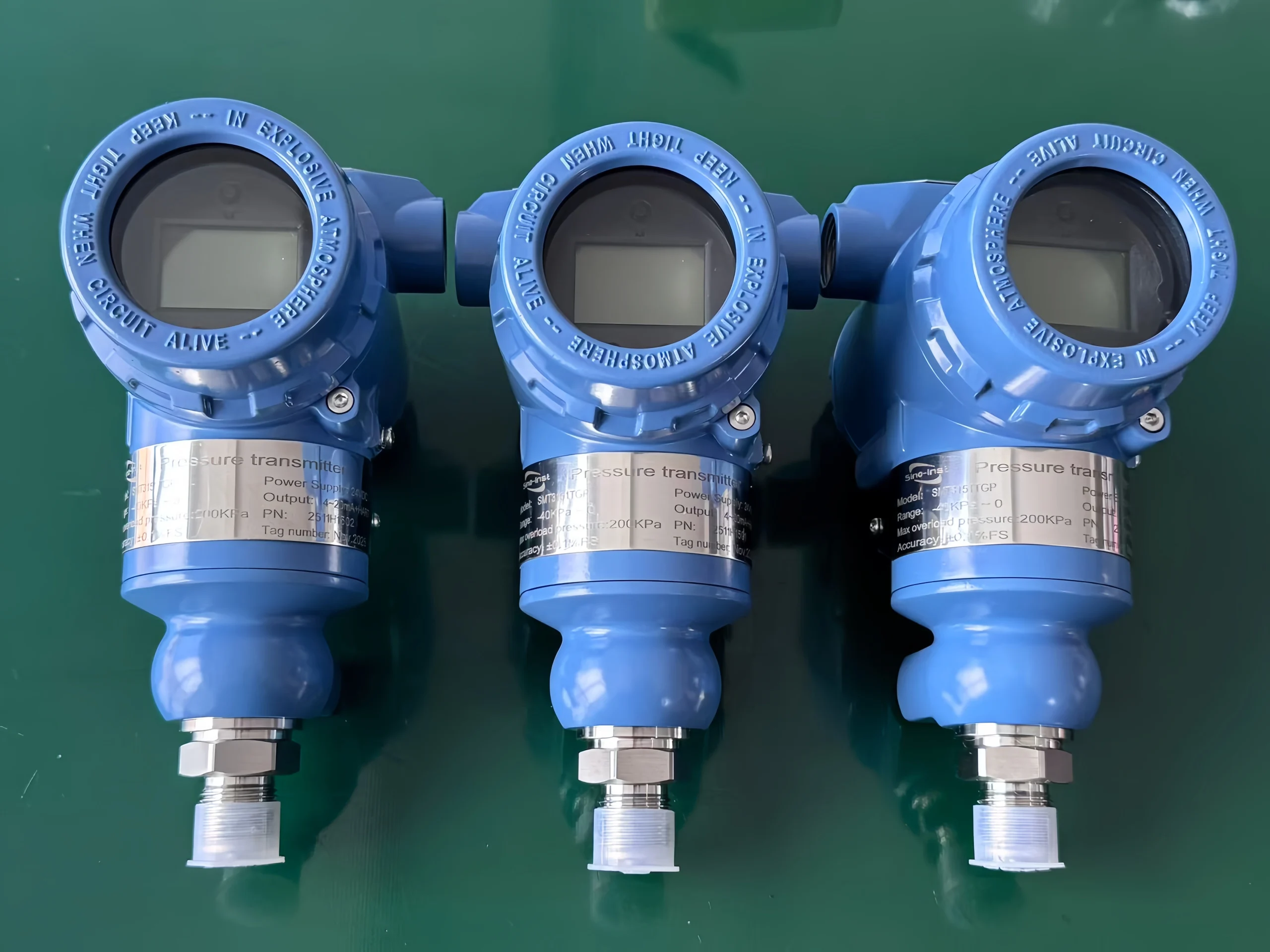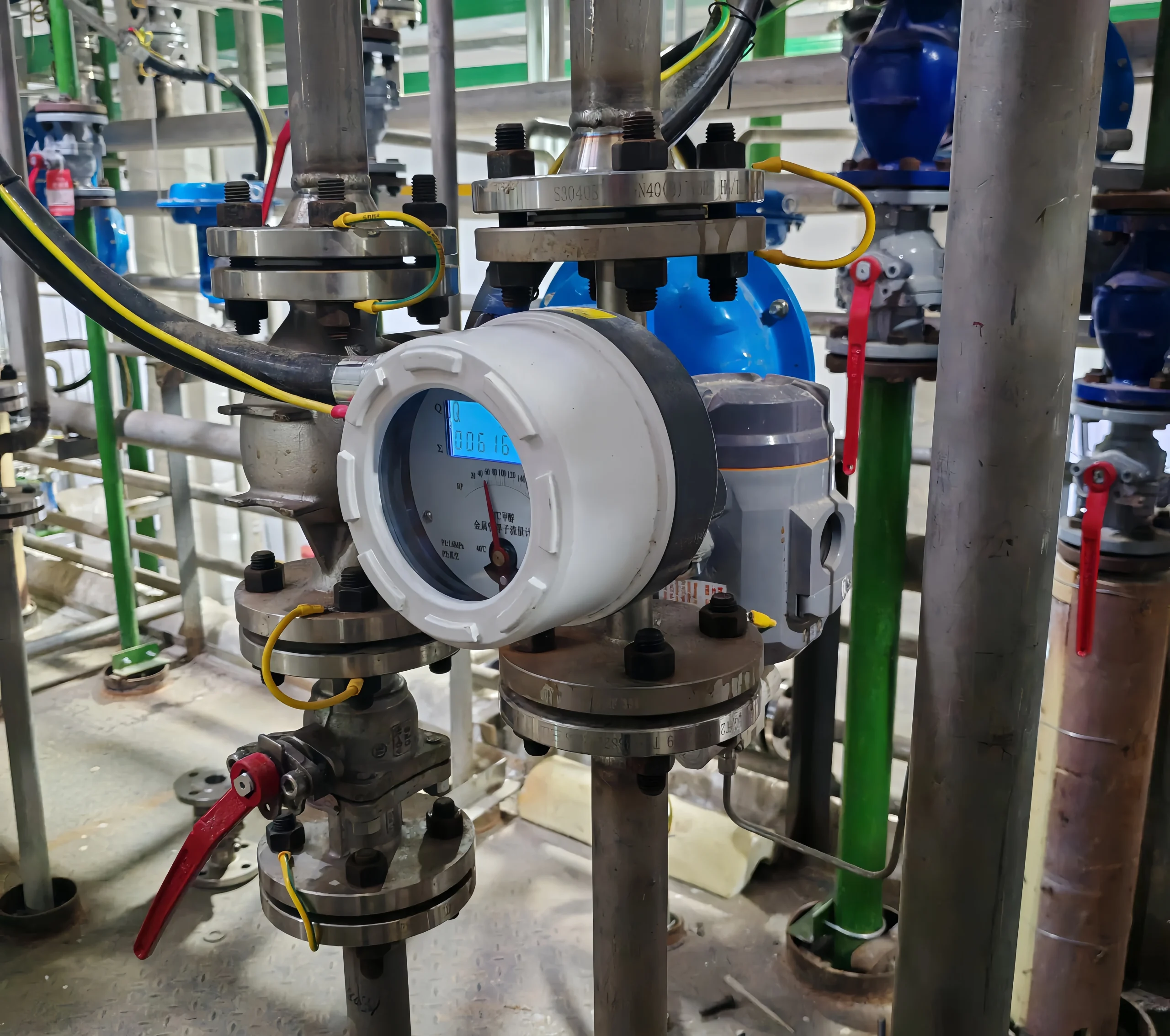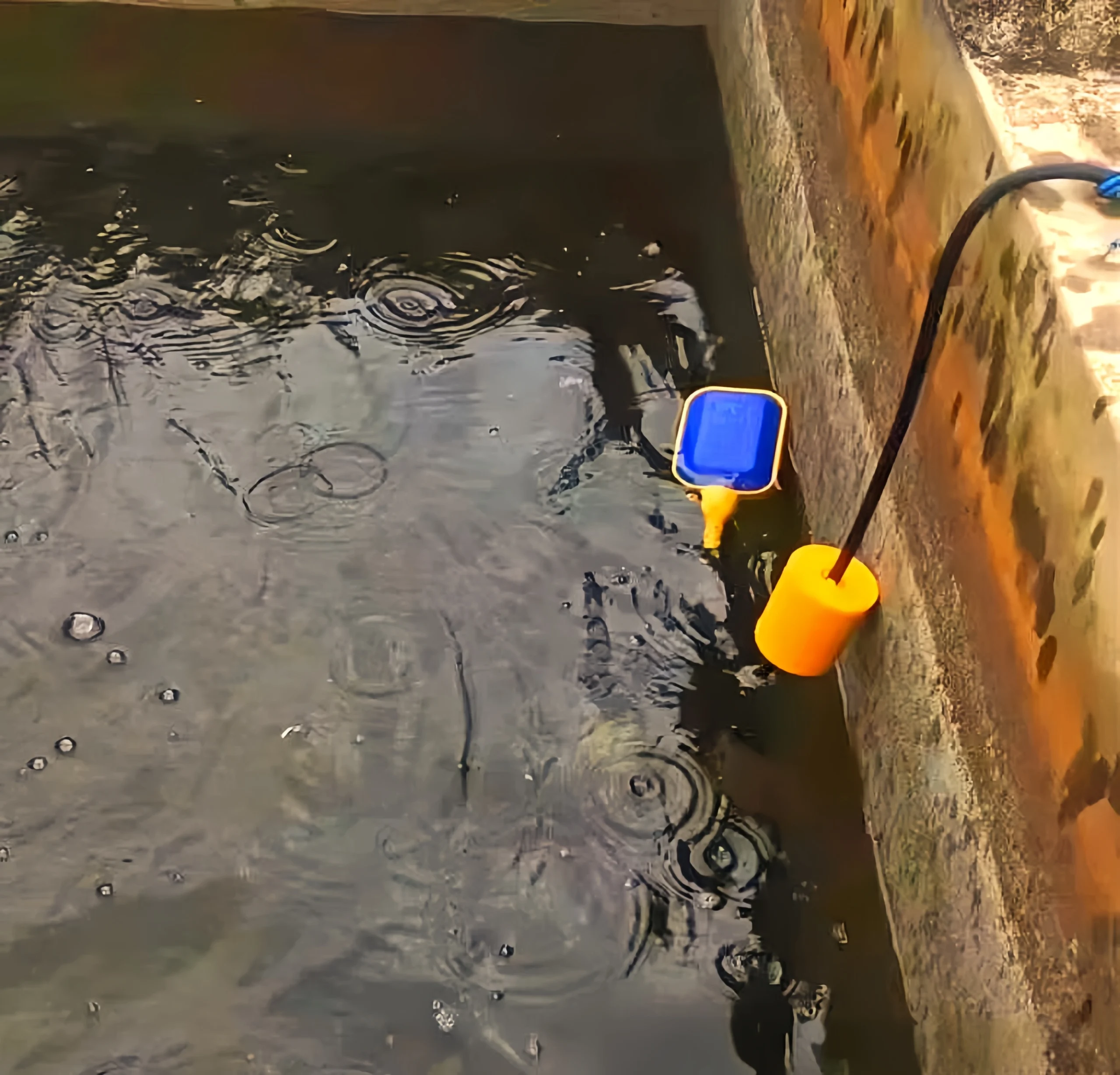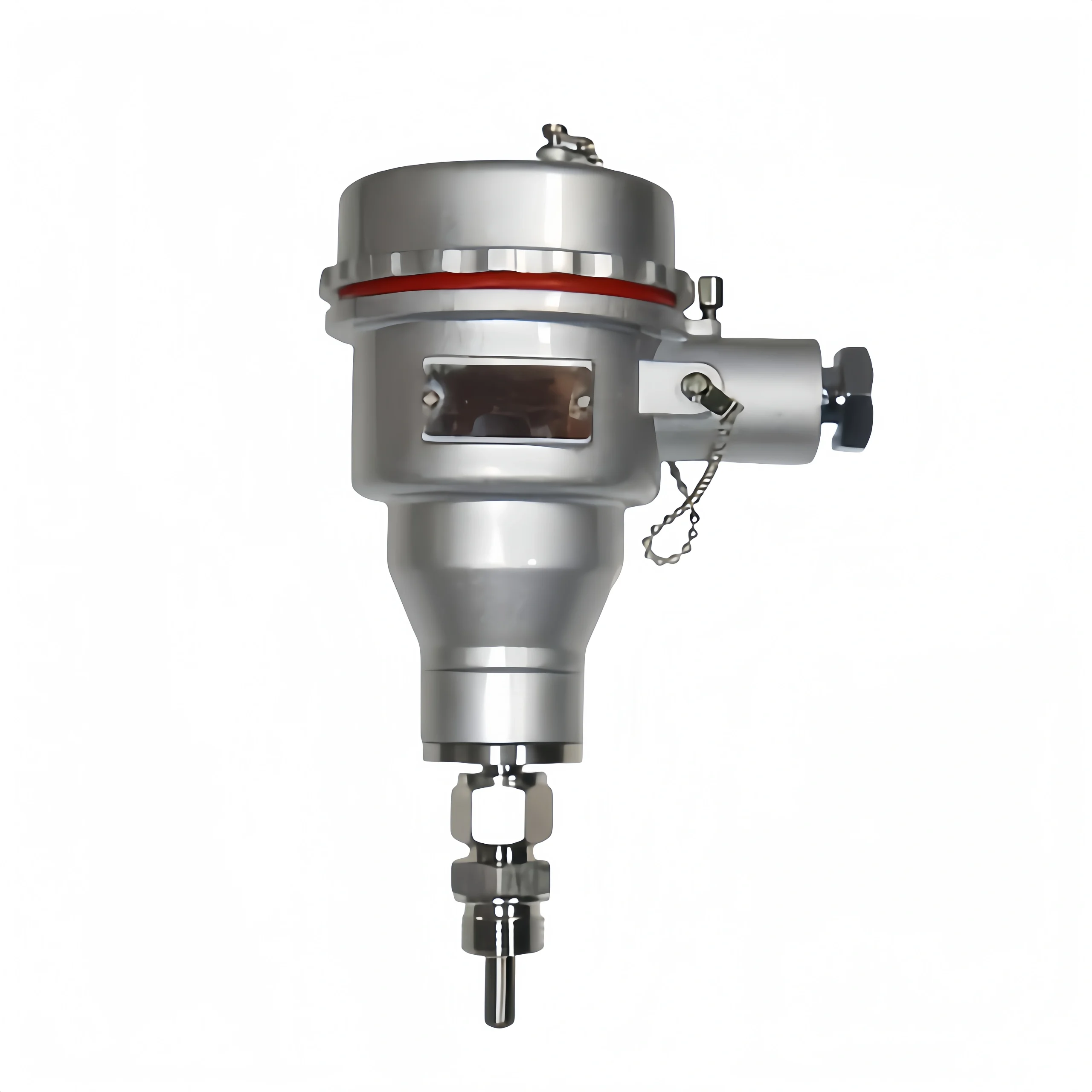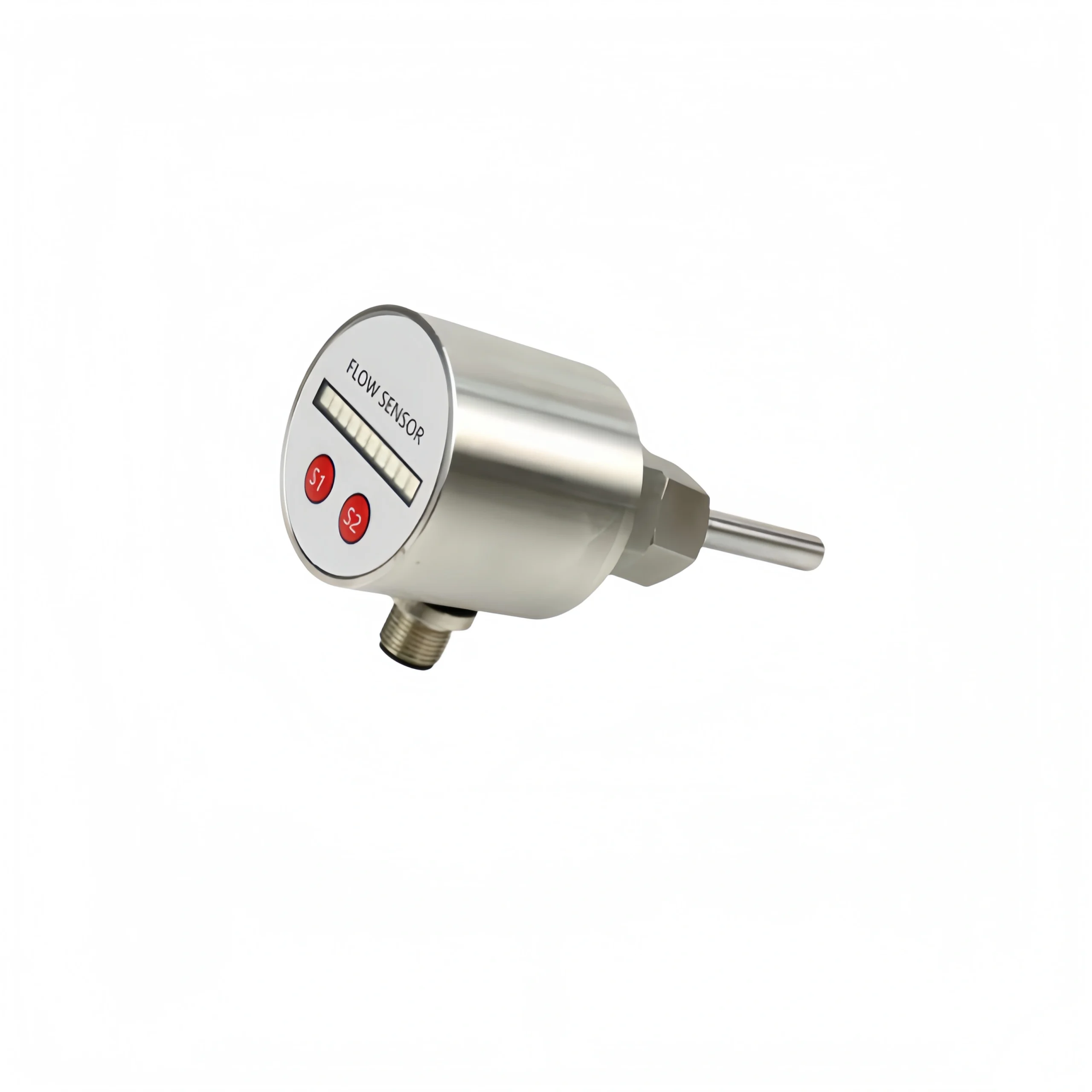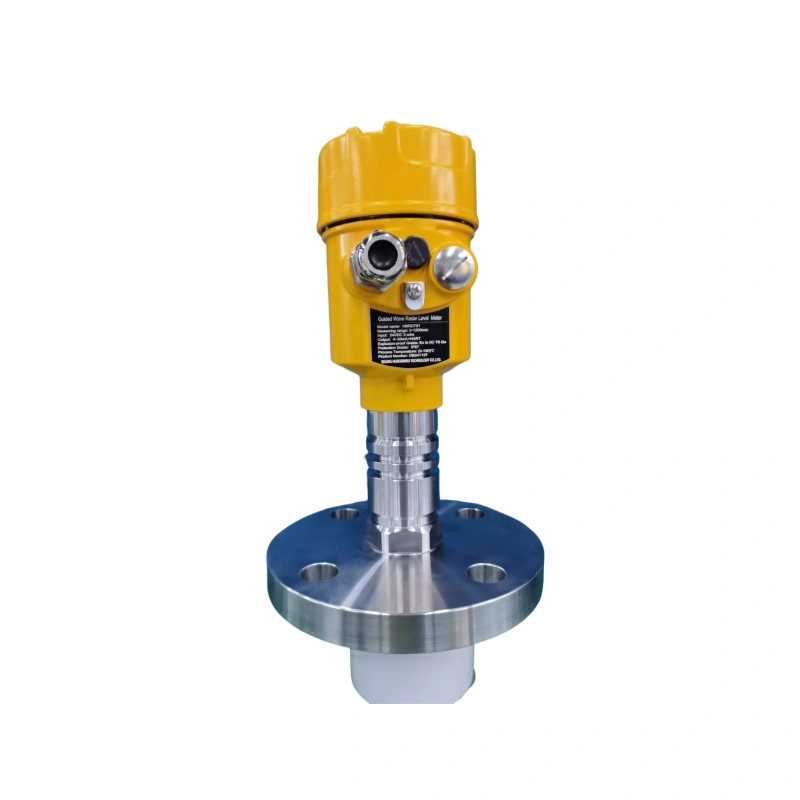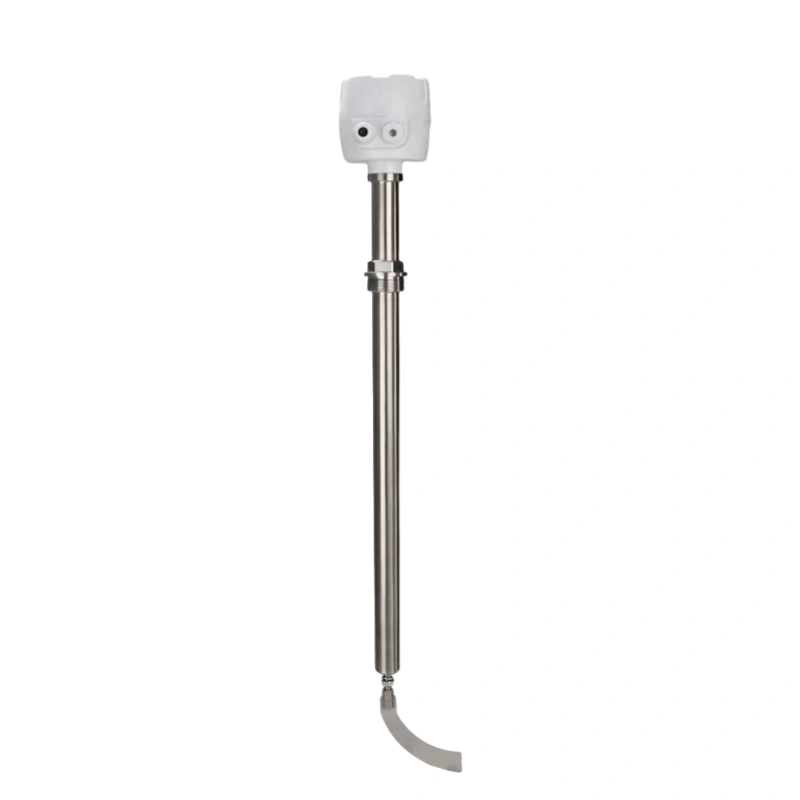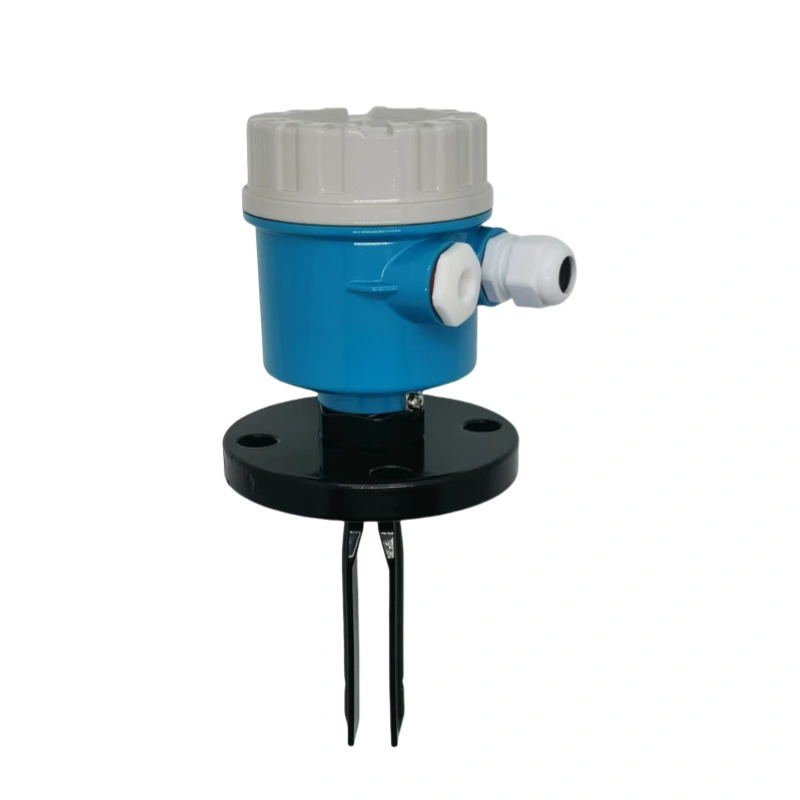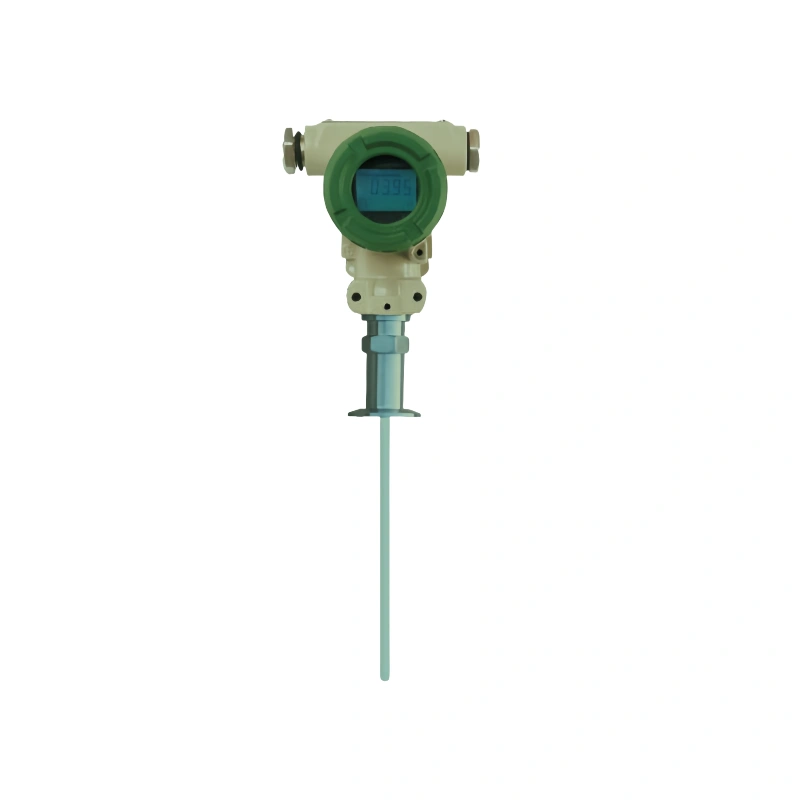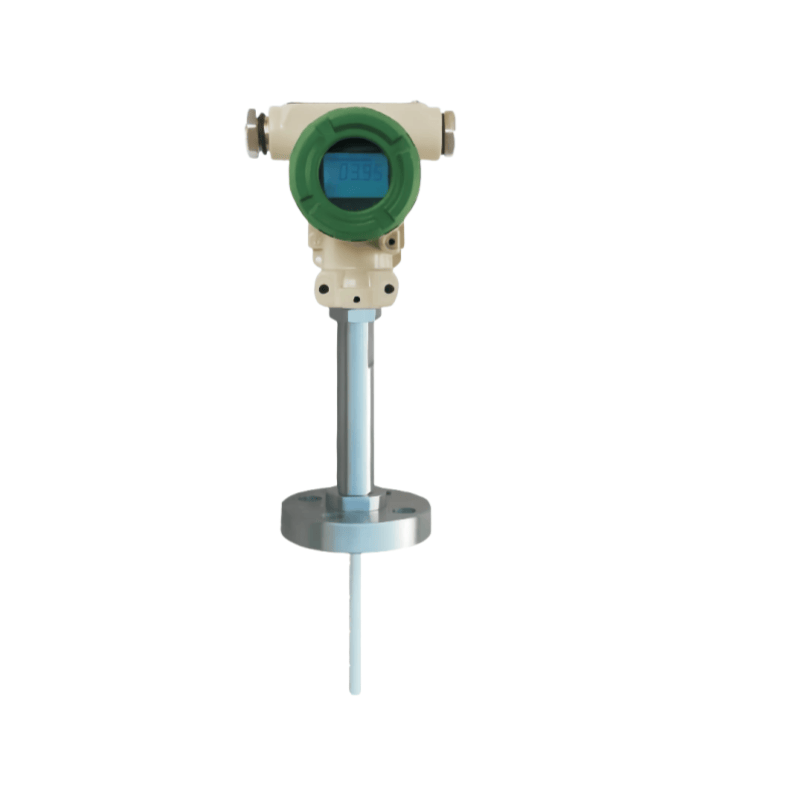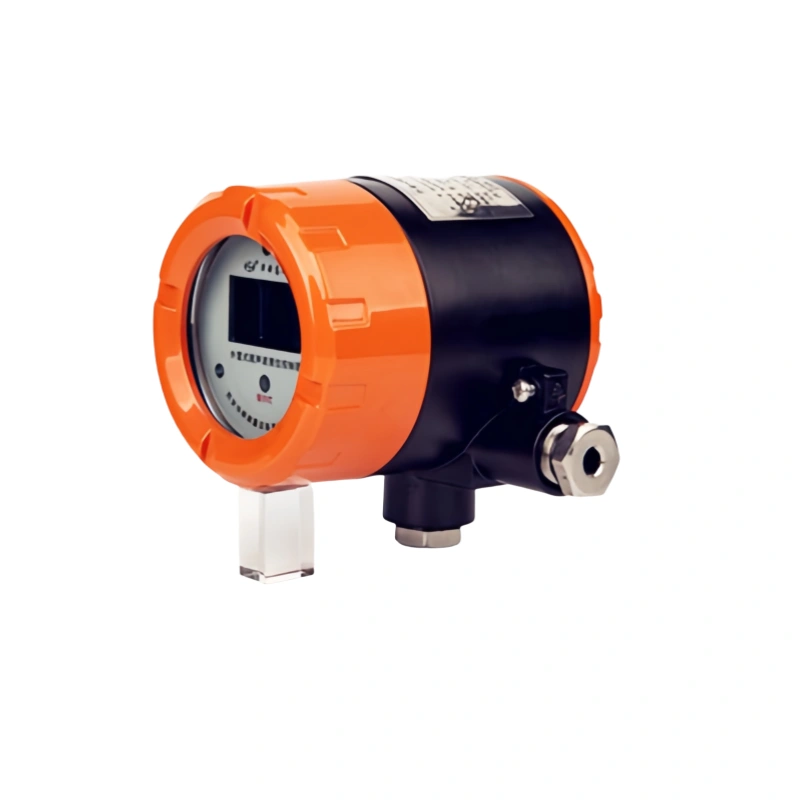A level switch is crucial for controlling the liquid/Material level in a tank. In a large refinery’s storage and transportation tank area, all over one hundred tanks are equipped with level switches. When the tank level drops from the normal level to the alarm level, the level switch controls the valve to close, thus alerting production personnel to take emergency action. Correct use of tank level switches can prevent risks such as tank overflow and leakage, pressure buildup and shutdown of the feeding device, and interruption of oil supply.
What is a Tank?
Storage tanks are used to store refined chemical substances such as acids, alkalis, alcohols, gases, and liquids. Storage tanks can be broadly classified according to their materials: polyethylene tanks, polypropylene tanks, fiberglass tanks, ceramic tanks, rubber tanks, and stainless steel tanks.
In terms of cost-effectiveness, steel-lined polyethylene tanks are currently the most superior. Tank shapes can be manufactured in various styles, including vertical, horizontal, transport, and mixing.
What is a Tank Level Switch?
A tank level switch is a simple device used to measure the level of liquids, powders, or granular materials. If the material level in the container exceeds a predetermined height or depth, it will trigger an alarm. This is called full limit detection or high limit detection when the level switch detects that the tank is full. If the material level drops, indicating that the tank is about to empty, the switch will also sound an alarm. This is called empty limit detection or low limit detection.
Tank level switches are an indispensable part of many industrial processes. They are often used in harsh environments such as extreme temperatures, pressures, and vibrations. Their accuracy, reliability, and durability are essential for the efficiency of industrial applications.
Although the function of level switches is relatively simple and basic, they are a vital component of systems used to protect resources and equipment. Any process that relies on bulk materials or liquids must maintain and control the quantity and volume of materials. In many cases, level switches are key components for providing data and monitoring materials.
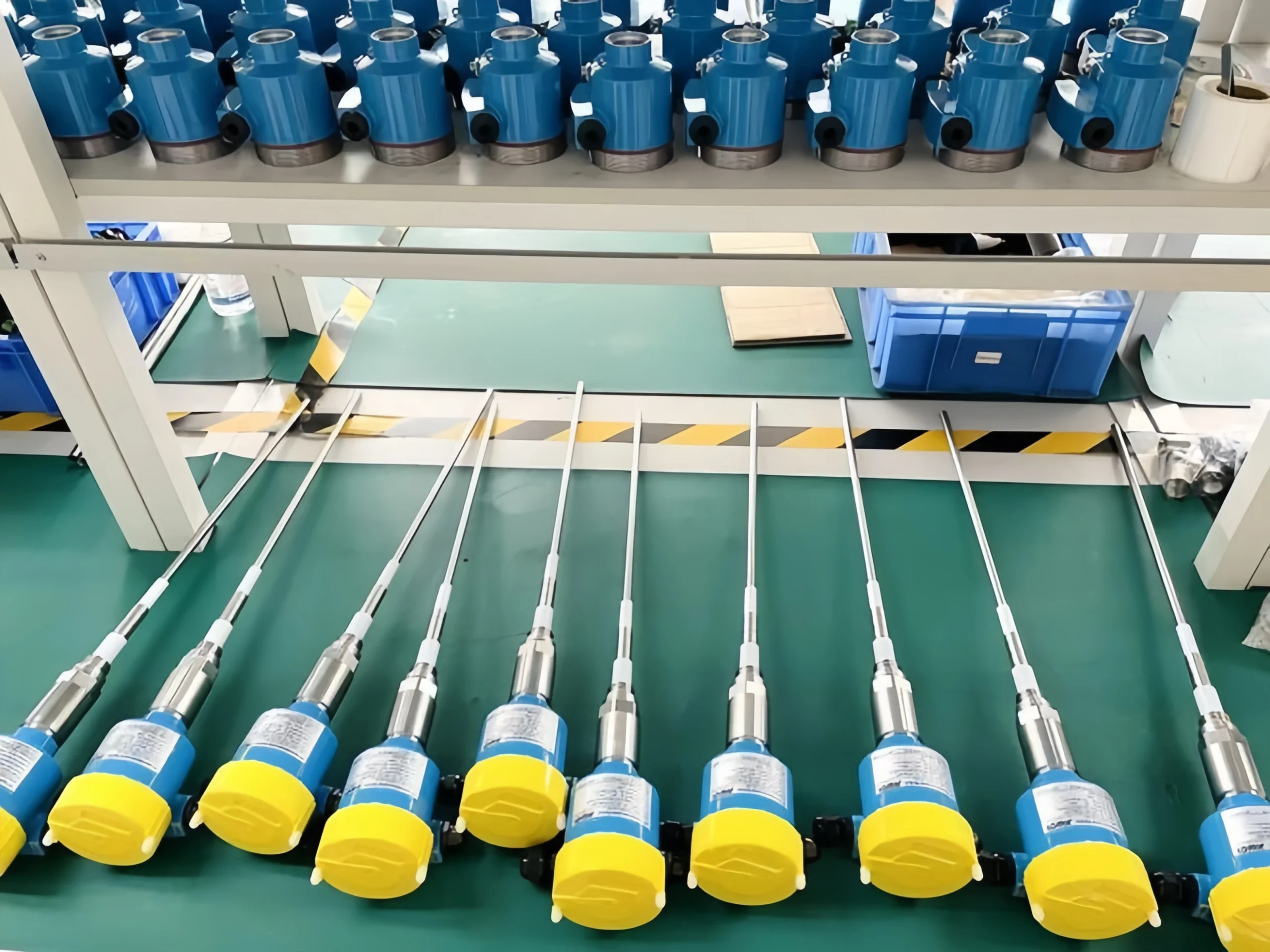
Read More about:
Oil Level Sensor for Industrial Oil Tank Level Measurement
Tank Level Control in Industrial
Level Switch Installation and Maintenance
What is the Difference between a Level Switch and a Level Transmitter?
Liquid Level Controllers and Level Switches
Industrial Water Tank Water Level Measurement
What are the different types of tank level switches?
Sino-Inst supplies the following types of tank level switches for your reference:
Radar Level Switches
Radar level switches are non-contact switches. Non-contact measurement eliminates the need for drilling, making installation simple. They transmit and reflect waves using radar waves or microwaves. Waves strike the surface of the medium and reflect back to the transmitter. The distance or height of the medium is then calculated by determining the time required to send and receive the wave, as well as the wave speed. The speed is constant, but the time varies. This causes a change in the electrical output. The electrical output controls the closing of a switch, thereby controlling the liquid level.
Paddle Level Switch
The resistance of the material to the rotating blades triggers the switch’s overload detector. A relay sends an on/off switch signal, causing an alarm signal from the external control circuit, while simultaneously controlling the feeder.
When the switch is in high-level control mode, it sends an alarm signal and stops the feeder when the material touches the blades. When the switch is in low-level control mode, it sends an alarm signal and starts the feeder when the material leaves the blades.
Float Level Switch
The float level switch is the most commonly used type of level switch. It is mounted on the medium or a float to sense the liquid level.
When the water level is up to the set value, the float switch sends an electrical signal. Electronic signals control the float switch, which in turn controls the opening and closing of the valve, thereby controlling the water level.
Our float switches support normally open/normally closed switching and multi-point control (1-8 customizable points). Materials include SUS304, SUS316L, PP, and PVDF, with a temperature resistance of up to 180℃ and a pressure resistance of 2.0MPa. They are suitable for liquid environments with varying acidity and alkalinity. Installation should avoid interference from inlet fluctuations. The float position is adjusted to adapt to the liquid’s specific gravity; routine maintenance only requires periodic cleaning of dirt and checking component tightness.
Tuning Fork Level Switch
A tuning fork level switch uses a pair of piezoelectric crystals mounted on a base to cause a tuning fork to vibrate at a specific resonant frequency. When the tuning fork comes into contact with the measured medium, its frequency and amplitude change. These changes are detected, processed, and converted into a switching signal by an intelligent circuit to achieve an alarm or control. To allow the tuning fork to extend into the tank, a flange or threaded process fitting is typically used to mount the tuning fork switch to the side or top of the tank.
Ultrasonic Level Switch
An ultrasonic level switch sensor contains two piezoelectric crystals, one emitting sound waves and the other receiving them. Each crystal is mounted on one side of a gap in the metal sensor. The emitting crystal generates high-frequency sound waves. The wavas travel through the gap to the receiving crystal. When a medium is detected, the ultrasonic level switch sends a signal to control the level of the liquid, ensuring production safety and saving resources.
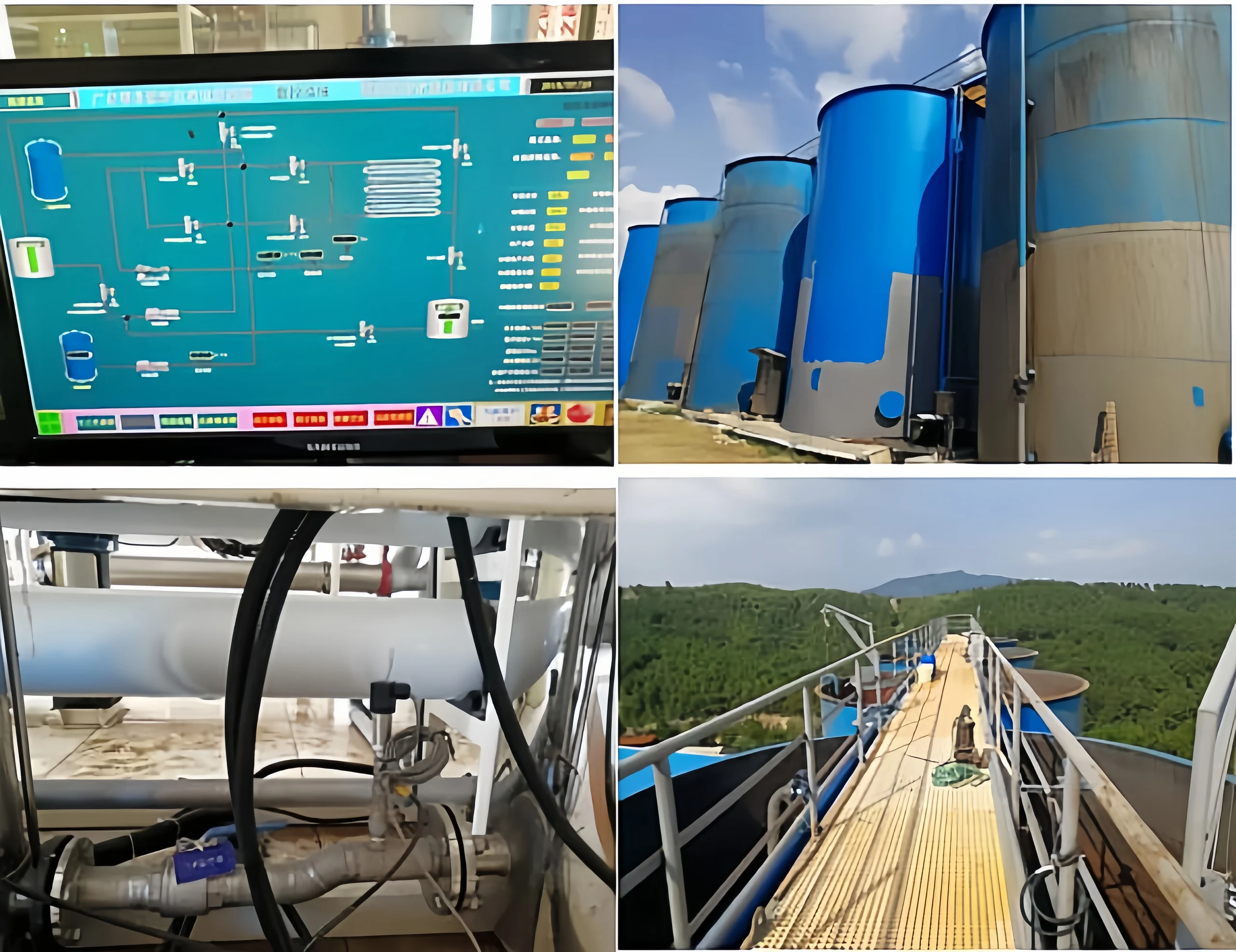
Capacitive Level Switch
Capacitive level switches use a probe that forms a capacitor with the container wall made of conductive material.
When the probe is in air, the capacitance is small. However, when the probe comes into contact with the measurement medium, whether it is a liquid or a solid, the capacitance increases with the media covered. It will trigger the switch signal to control the valve.
The capacitive level switch can detect both conductive and non-conductive liquids. And it is suitable for media with a dielectric constant higher than 1.5.
RF Admittance Level Switch:
RF admittance level switches work by sensing changes in the reactance (capacitive reactance and impedance) between the probe and the tank body to measure and control the level. Its internal electronic unit uses the reactance between the probe’s measuring electrode and the empty tank to form a balanced bridge circuit, generating a stable oscillation signal. When the measured medium covers the probe’s measuring electrode, it causes a change in the reactance between the probe’s measuring electrode and the tank, leading to an imbalance in the bridge circuit and stopping the oscillation signal generation. The subsequent circuit detects this change and outputs an alarm signal.
This oscillation signal, applied as a radio frequency (RF) signal to the probe’s measuring electrode, is also sent to the probe’s protection electrode after passing through a 1:1 voltage follower. The RF signals from the measuring electrode and the protection electrode are at the same potential, in phase, and at the same frequency, yet are mutually isolated.
When there is material adhering to the probe, electrical isolation is achieved between the measuring electrode and the protection electrode due to the lack of potential difference. This ensures that changes in the protection electrode’s signal do not affect detection. The signal changes in the reactance at the probe’s measuring electrode are determined solely by the material between the probe’s measuring electrode and the tank. It can prevent material adhering to the probe from affecting normal detection.

Sino-Inst Featured Tank Level Switch
Choose a Suitable Tank Level Switch - 5 Considerations
Here are 5 considerations to consider when choosing a tank level switch. You can refer to:
1. Operating Environment Conditions
- Temperature: Some sensors may not be able to withstand extremely high or low temperatures.
- Corrosivity: Some media are highly corrosive, requiring products made of corrosion-resistant materials.
- Viscosity/Density: Different materials react differently to high-viscosity fluids.
- Pressure: The internal pressure of different tanks varies. The tank level switch needs to withstand pressure.
2. Tank Level Measurement Range and Accuracy Requirements
It is crucial to determine the maximum and minimum tank level values to be monitored based on actual needs, and to select a tank level switch with a comprehensive range accordingly. It is also important to clarify the system’s requirements for reading accuracy:
For applications that only require a rough judgment of whether a set threshold has been exceeded, a simple structural design is sufficient. For example, a float level switch.
However, sophisticated process monitoring often requires instruments with higher precision. For example, external ultrasonic level switches.
3. Installation
Properly planning the installation location not only reduces maintenance difficulty but also effectively avoids potential safety hazards. Generally, products available on the market can be categorized according to their installation methods as follows:
- Top-mounted: Suitable for tanks with large internal space and easy access for daily operator inspection and maintenance.
- Immersion probes: Directly inserted into the bottom of the container for omnidirectional coverage detection, especially suitable for continuous production lines.
- Side-mounted: Commonly used in confined areas or under height restrictions, secured via threaded connections or flanges.
- Ultrasonic level switches are used for external mounting and are primarily used in sealed tanks.
4. Control Signal Output Type Matching
Modern automated control systems widely use digital communication protocols for information exchange. When purchasing related accessories, compatibility issues between the two must be considered. The table below shows common signal outputs for level switches:
| Output Types | Key Parameters | Advantages | Typical Application Scenarios |
| Relay Output | Contact Capacity: 5A/240VAC or 30VDC | High load capacity, AC/DC compatible | Direct control of high-power equipment such as pumps, valves, and motors |
| Transistor Output | NPN/PNP Type, Load ≤1.2A | Fast response speed (≤1ms), long lifespan | Automated production lines, PLC signal acquisition |
| NAMUR Output | 8V Power Supply, Output 1.2-2.1mA | Intrinsically safe, explosion-proof, low current, and low power consumption | Explosion-proof hazardous areas such as petrochemical plants |
| Two-Wire Output | 10-36VDC Power Supply, 8mA/16mA Alarm Current | Simple wiring, high safety performance | Food and pharmaceutical industries with high safety requirements |
| Analog Output | 4-20mA or 0-10V, Accuracy ±0.5%FS | Continuous liquid level monitoring, remote data transmission | Continuous monitoring of liquid levels in large storage tanks, SCADA system integration |
5. Economic Benefit Assessment
High-end equipment often delivers superior performance. However, in most routine projects, pursuing the optimal cost-effectiveness is the wise approach. It is recommended to compare the advantages and disadvantages of many solutions:
- Purchase Costs: Including the main unit and its accessories.
- Installation and Commissioning Time Consumption: Estimated time and additional expenses for professional technicians.
- Subsequent Operation and Maintenance Costs: Frequency and price of regular maintenance and replacement of wear parts.
What is a level switch for a water tank?
A water tank level switch is a device mainly designed to control the level of water in a water tank. It is usually installed on a water storage tank to detect water level and output a switching signal for controlling valves, etc. A float level switch can be installed in a firefighting water storage tank. Generally, there are several types of level switches used for water tanks. Common types include float level switches, ultrasonic level switches, and radar level switches.
Read More about: Industrial Water Tank Water Level Measurement
What are the disadvantages of a float switch?
- A float switch is a simple passive device.
- It does not have a self-checking function.
- It requires regular inspection and maintenance.
- It has poor measurement accuracy when detecting more concentrated or viscous media.
- Installation requires a production shutdown, tank cleaning, and drilling.
What is the alternative to a float switch for a water tank?
Since water is non-corrosive, many level switches can control the liquid level in a water tank. Float level switches are the most common device for measuring water tank levels. However, float switches can also be replaced by tuning fork level switches, ultrasonic level switches, and radar level switches.
What happens if a float switch fails?
Float jamming
The float is crucial to the entire measurement process. Its position indicates the actual liquid level. If the float is jammed and cannot move, the measured liquid level will definitely be different. Common symptoms include the control room alarm light remaining constantly on, or the switch neither alarming nor activating when the liquid level is too high or too low.
Magnet demagnetization
With increased use, the magnet at the tail of the float may weaken or disappear. This prevents the float from accurately and synchronously pushing the magnet up and down, causing the microswitch to fail to switch states and malfunction.
False Alarm
Besides a stuck float, this could also be due to poor contact caused by oxidation or corrosion, or water ingress into the terminals. In these cases, the microswitch may malfunction. Improper installation can also cause false alarms. Therefore, do not install float level switches near the medium inlet or outlet.
Switch Cannot Operate Normally
Check if the magnetism of the float has weakened due to excessive temperature. Float level switches require a temperature below 60 degrees Celsius.
Float Operates Normally, but No Signal
Check if the float has shifted. If not, check if the magnetic spring switch is damaged. If it is damaged, we should replace the magnetic spring switch.
Can you repair a float switch?
When a float switch malfunctions, we can repair it in the following ways:
1. Regular Cleaning
Regularly clean the float and related components to remove scale, oil, and impurities, maintaining cleanliness and flexibility.
2. Check Circuit Connections
Regularly check that the circuit connections are secure and reliable.
3. Lubricate Moving Parts
Regularly lubricate moving parts to reduce friction and wear.
4. Calibration and Verification
Regularly calibrate and verify the level switch to ensure its accuracy and reliability.
For complex faults or situations requiring component replacement, it is recommended to contact a professional repair technician for repair and replacement. Do not disassemble or replace non-professional parts at will, as this may cause greater damage or safety hazards.
What is the lifespan of a float switch?
A normal float switch has a lifespan of 3-5 years. However, the lifespan may be shortened under conditions such as high temperature, high pressure, low-temperature and corrosive environments.
How do you tell if a float switch is normally open or closed?
A normally open float level switch has its contacts open when the float is not under liquid level influence. When the float is under liquid level influence and rises to a certain position, the contacts close, outputting a signal.
A normally closed float level switch has its contacts closed when the float is not under liquid level influence. When the float is affected by the liquid level and rises to a certain position, the contacts will open, stopping the output signal.
Read More about: Float Switch: Normally Closed and Normally Opened.
Can you adjust a float switch?
To adjust the position of the float switch, follow these steps:
Confirm the installation position of the float switch:
Ensure the float switch is correctly installed in the appropriate position to accurately control the water level.
Adjust the position of the float:
Controlling the water level is achieved by changing the range of motion of the float within the switch. For example, to increase water level control, the float should rise. Conversely, to decrease water level control, the float should descend.
Consider the type of float switch:
Different types of float switches (e.g., made of plastic) may require different adjustment methods.
For example, potted float switches may require moving the retaining ring first. Unpotted float switches require moving the internal stainless steel or plastic reed switch.
How to tell if a float switch is working?
The following methods can be used to check the condition of a float switch:
1. Visual Inspection:
First, observe the appearance of the float switch for any damage, cracks, deformation, etc. Damage may be due to prolonged use or improper maintenance. It can potentially affect its normal operation.
2. Action Test:
After installing the float switch, manually or automatically test its smooth and accurate operation. If the float switch is inaccurate, it may fail to accurately monitor the liquid level.
3. Contact Inspection:
The contacts are a key component of the float switch and need to be carefully inspected for damage and good contact. Wear or oxidation of the contacts may cause the connection and disconnection of the circuit.
4. Operational Test:
An operational test can be performed to observe the float switch's performance in actual operation. If the float switch abnormalities occurring during operation may be due to a cause. It requires further inspection and repair.
5. Performance Testing:
This includes pressure testing, temperature resistance testing, operational testing, insulation strength testing, and insulation resistance testing. For example, a pressure test can be performed with 5 kg of water pressure for 30 minutes to check for water ingress into the float. A temperature resistance test involves placing the float level switch in an oven heated to 170°C for 2 hours; the contacts should still operate normally.
In short, a tank level switch is applied in all aspects of industrial processes. If you are looking for a suitable level switch, I suggest you contact us immediately. Our professional engineers can provide you with a free customized solution.


